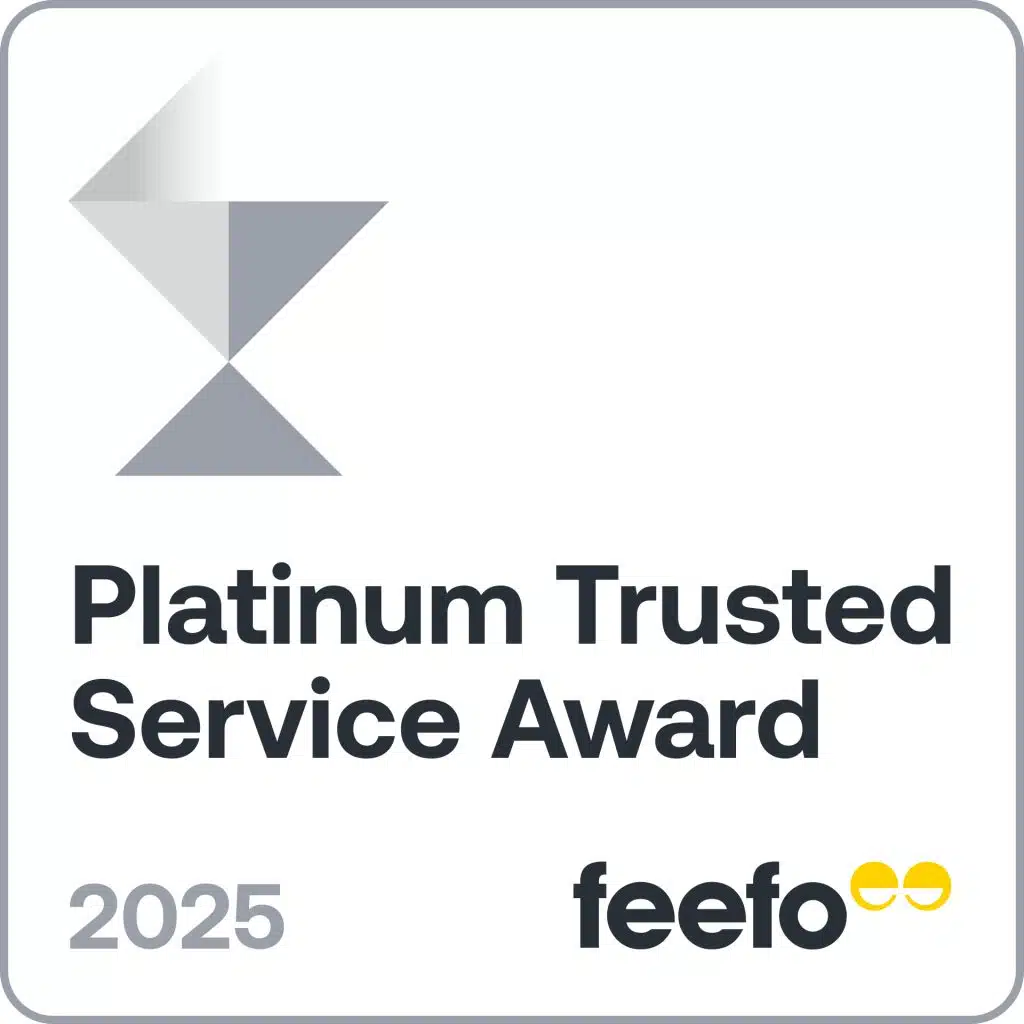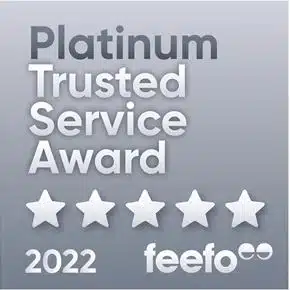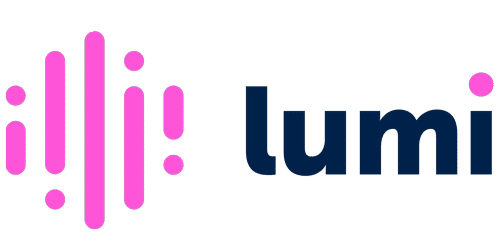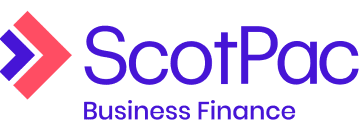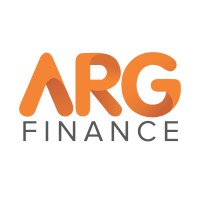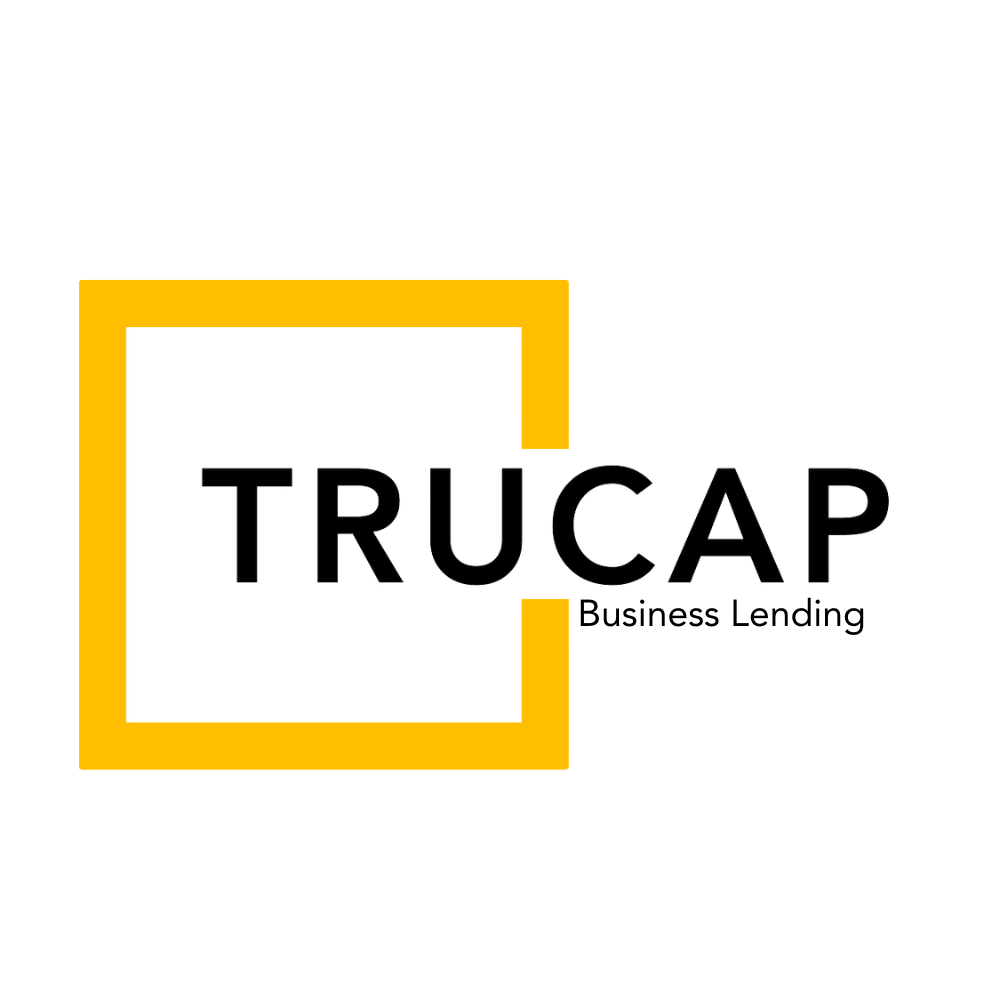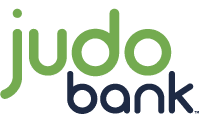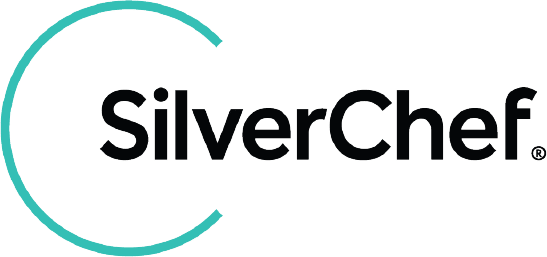What are low doc business loans?
A low doc (low documentation) business loan is designed for businesses that don’t have the full set of financial records typically required for standard business loans. Instead of two years of tax returns and detailed financial statements, you may be able to apply using alternative documents like Business Activity Statements (BAS), bank statements or an accountant’s letter verifying your income.
This type of finance can be ideal for:
- Sole traders and self-employed borrowers who may not have detailed tax or reporting documents
- Startups and newer businesses that are still building their financial records
- Small businesses with fluctuating cash flow and irregular income records
How much you can borrow depends on factors like your business revenue, expenses, credit score and whether the loan is unsecured or secured against an asset like property or a vehicle. With Savvy, you may be able to apply for a low doc business loan from $5,000 to $5 million, with repayment terms between three months and five years, depending on the lender and your financial profile.
However, because lenders take on more risk when approving loans with limited paperwork, interest rates and fees may be higher than for standard “full doc” business loans – though this is not always the case.

Simplified business finance with low doc loans
"Low doc loans are the most common type of business finance, offering faster assessment and approval. In the past, low doc loans came with high interest rates, but today their rates are much closer to full doc loans. Property owners usually have more low doc options, including higher borrowing power and better rates compared to renters, making it easier to access suitable finance for their business needs."

What can I finance with a low doc loan?
A low doc loan offers the flexibility to cover a wide range of business expenses, from managing day-to-day expenses to investing in long-term growth. Common uses include:
- Growing your business
- Paying for property repairs or maintenance
- Covering the costs of marketing or events
- Hiring staff or managing payroll
- Purchasing stock
If you're buying a specific asset, such as a vehicle or piece of equipment, the loan may be secured against that item. These secured low doc loans often allow you to borrow more or access better rates. For example:
The pros and cons of low doc business loans
Pros
-
Broad eligibility
Your business only needs to have been trading for a minimum of six months to qualify for most loans, with ABN and GST registration and permanent residency other common requirements.
-
Minimal paperwork
You can apply without extensive financial records, making the process quicker and less stressful.
-
Fast approvals
Even without the documents required for standard commercial loans, you can have your low doc business loan turned around in a matter of days, giving fast access to the funds you need.
Cons
-
Lower amounts
Compared to standard business loans, low doc loans often have lower borrowing limits due to the higher risk for lenders.
-
Higher interest
Less documentation means more risk, which lenders offset with higher interest rates.
-
Short-term finance
Many low doc loans are designed for short-term use, meaning shorter repayment periods that may result in higher regular repayments.
Is low doc the only finance available for sole traders and the self-employed?
A low doc business can be a useful way to access funds without the need for full financial statements. However, it’s not your only option. Depending on your situation, you could also look at:
- Personal loans: the flexibility of personal loans means they can be used for business purposes if you choose. They are often easier to qualify for than business finance if you have a strong personal credit score but borrowing limits may be lower and rates higher.
- Unsecured business loans: unsecured business loans may suit short-term needs or smaller amounts, with faster approval times, though they typically come with higher interest rates and shorter repayment terms.
- Asset finance: designed for purchasing work vehicles, equipment or machinery, it uses the asset itself as security. However, funds can only be used for that specific purchase, not for general business expenses.
- Short-term business loans: short-term loans provide quick access to cash over periods ranging from a few months up to three years, but repayments can be higher due to the shorter terms and potentially higher rates.
- Business start-up loans: available from some lenders for businesses under two years old, business start-up loans offer up to $50,000 to newly established businesses to help you get up and running.
If you’re unsure what you could qualify for or which type of finance would best suit your business, you can compare your options through Savvy and find the right fit based on your needs and the documents you have available.
Why apply for a business loan with Savvy?
Expert brokers
You can speak with one of our specialist commercial brokers who can walk you through a range of loans to best suit your company's needs.
Over 40 lending partners
You can compare business loan offers, through a range of trusted lenders, maximising your chances of a great rate.
Fast online process
You can fill out our simple online form to generate a free business finance quote within minutes. You can also come back to it at any time.
Low doc business loan eligibility and documentation
When applying for a low doc business loan, you’ll need to show alternative proof of income in place of detailed financial records. This could be via:
- Business Activity Statements (BAS)
- Business bank statements
- An accountant’s letter confirming projected earnings
Other than this, low doc business loans work much the same way as standard business loans. To qualify, you’ll generally need to:
- Be at least 18 years old
- Be an Australian citizen, permanent resident or eligible visa holder
- Have an ABN registered in your name that has been active for at least six months or more, depending on the lender
- Be registered for goods and services tax (GST)
- Meet your lender’s minimum personal and business credit score requirements
How to apply for a low doc business loan
-
Apply online
Complete our simple online application form.
-
Provide your documents
Upload the required paperwork to our secure portal.
-
Speak to a broker
We’ll talk you through your low doc lending options.
-
Get matched
We’ll connect you with a suitable lender.
-
Submit your application
Your consultant will finalise and send your application.
-
Sign and receive your funds
Sign your loan agreement and access funds for your business.
What are the repayments for a low doc business loan?
Your repayments on a low doc business loan will depend on several factors, including how much you borrow, the loan term and the interest rate offered.
Because low doc loans are considered higher risk by lenders, they usually come with higher interest rates than standard business loans, though the rate you get will depend on your specific circumstances.
Savvy’s average rate for self-employed business finance in the 2024–25 financial year was 12.83% p.a.
The most popular low doc business assets financed through Savvy were cars (76%), other (11%), equipment (6%) and trucks (5%).
To give you an idea of how this would impact your repayments, let’s look at a café owner taking out a $50,000 loan over five years at this rate to purchase a new commercial coffee machine and kitchen equipment:
- Monthly repayment: $1,133
- Total cost of loan: $67,998
- Total interest: $17,998
Note: this example excludes fees and other costs.
As you can see, interest can add up significantly over the life of the loan, in this case adding almost $18,000 on top of the original loan amount. Before taking out finance, it's important to compare rates and terms carefully, and to ensure the equipment or vehicle being financed generates enough value to comfortably cover repayments.
You can use the calculator below to get an estimate of your potential repayments before you apply:
Business loan calculator
Crunch the numbers to see what your repayments could look like
Your estimated repayments
$98.62
| Total interest paid: | Total amount to pay: |
| $1233.43 | $5,143.99 |



